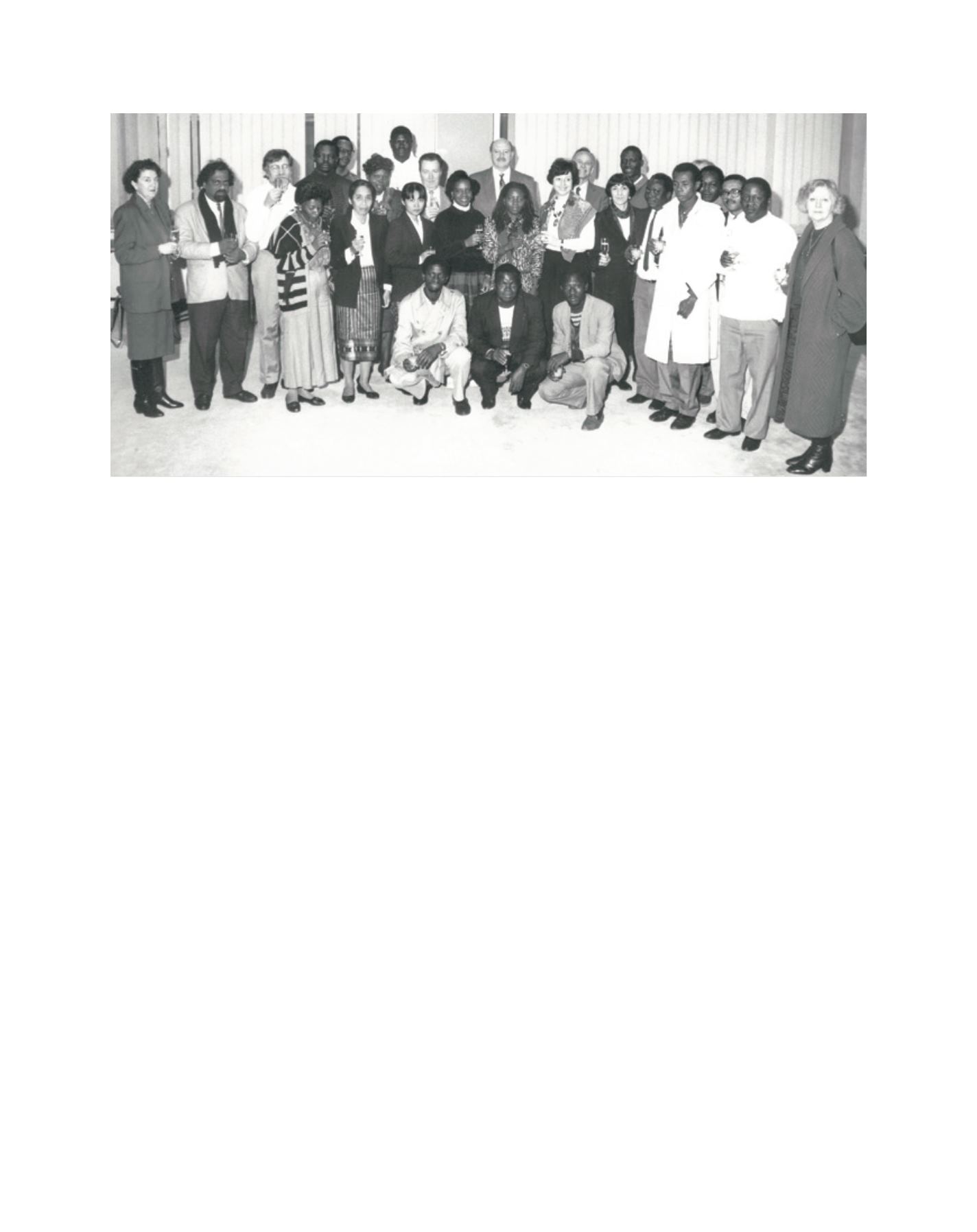

[
] 87
That is the reason why CIPA has worked in favour of indig-
enous languages in several member countries of the OIF,
mainly in Africa. We would like to point out in particular the
publication, in local indigenous languages, of the Universal
Declaration of Human Rights in French, Kikongo, Kiswahili,
Lingala and Tshiluba, on the initiative of a member of the
World Association for the School as an Instrument of Peace
(Switzerland). These versions, widely distributed in schools
in the Democratic Republic of the Congo, are being adapted to
oral expression and the encouraging experimentation of this
model inspires other countries to adopt them.
Readers of the current volume will be more interested in
the educational aspects developed by CIPA during its numer-
ous summer schools and training sessions with multi-ethnic
groups, which have been fully documented. This is mainly a
question of a teaching method originally associated with the
UNESCO Linguapax programme, the application of which
was highly recommended during an important symposium
in Mons in 1997, through creating a ‘Linguapax university
network’ of several dozens of higher education institutions.
As the name suggests, the aim of Linguapax is above all else
to bring a specific, linguistic response to problems raised in
the search for peace, the protection of human rights and the
promotion of a real education for democracy. In this perspec-
tive, the methodological terms and conditions are established
in order to achieve the following.
One aim is to create a general climate in favour of a dialogue
in a continual interaction between the teacher and the learner
on the one hand and between the learners themselves on the
other hand. This dialogue would be the best way to sharpen the
learners’ senses for listening and expressing themselves, and
therefore to prepare them for a true participation in democracy.
There is a need to develop a critical mind, involving a new
relationship between the teacher and the pupil (that is, avoid-
ing magisterial classes), and the promotion of discussion,
open debate, analysis, reflection and documentation (rather
than censorship).
A further aim is to enable a search for communicative situ-
ations consistent with the learner’s ‘inner self’. The interest
and the desire to defend one’s own point of view stimulate
communication, emphasizing the affective element – an
important stimulant to communication in methodology as
well as in the formulation or the choice of didactic equipment.
CIPA’s also aims to develop capacities for autonomy, creativ-
ity and the preparation of projects; to seize every intercultural
opportunity (such as an unexpected meeting or reaction or the
discovery of a stereotype) and to vary teaching resources (to
reinforce the intercultural environment) and work on up-to-
date documents and topics, always taking the reality of the
educational system in the countries concerned into account.
The goal is to turn school into a living centre, a collective tool
and a forum so it is not just a school, but an educational place.
Objectivizing discussions helps to address the risk of exces-
sive enthusiasm, admiration or rejection in order to avoid any
personal argument. Priority is given to play activities and those
corresponding to the needs expressed by the pupils. Finally,
the objective is to go beyond the stage of tolerance (the ‘right
to be different’) to stress the richness to be found in diversity.
Starting from these objectives, a whole range of educational
activities have been developed, including the use of oral litera-
ture, fairy tales and proverbs from the mother tongue in a
second language course (translation, comparison and so on).
Round-table conferences for argumentation have been held,
so pupils can learn negotiation techniques. Role-play might
entail enacting the resolution of a problem in a certain situa-
tion, or involve different reactions according to culture. This
pushes foreign learners to introduce themselves by highlight-
ing their culture’s specificity and encountered ‘peculiarities’.
Further activities include the comparison of games; critical
analysis of history pages from different textbooks; listening
Image: CIPA
A group of teachers at CIPA, invited by the Governor of Hainaut
A
gree
to
D
iffer

















